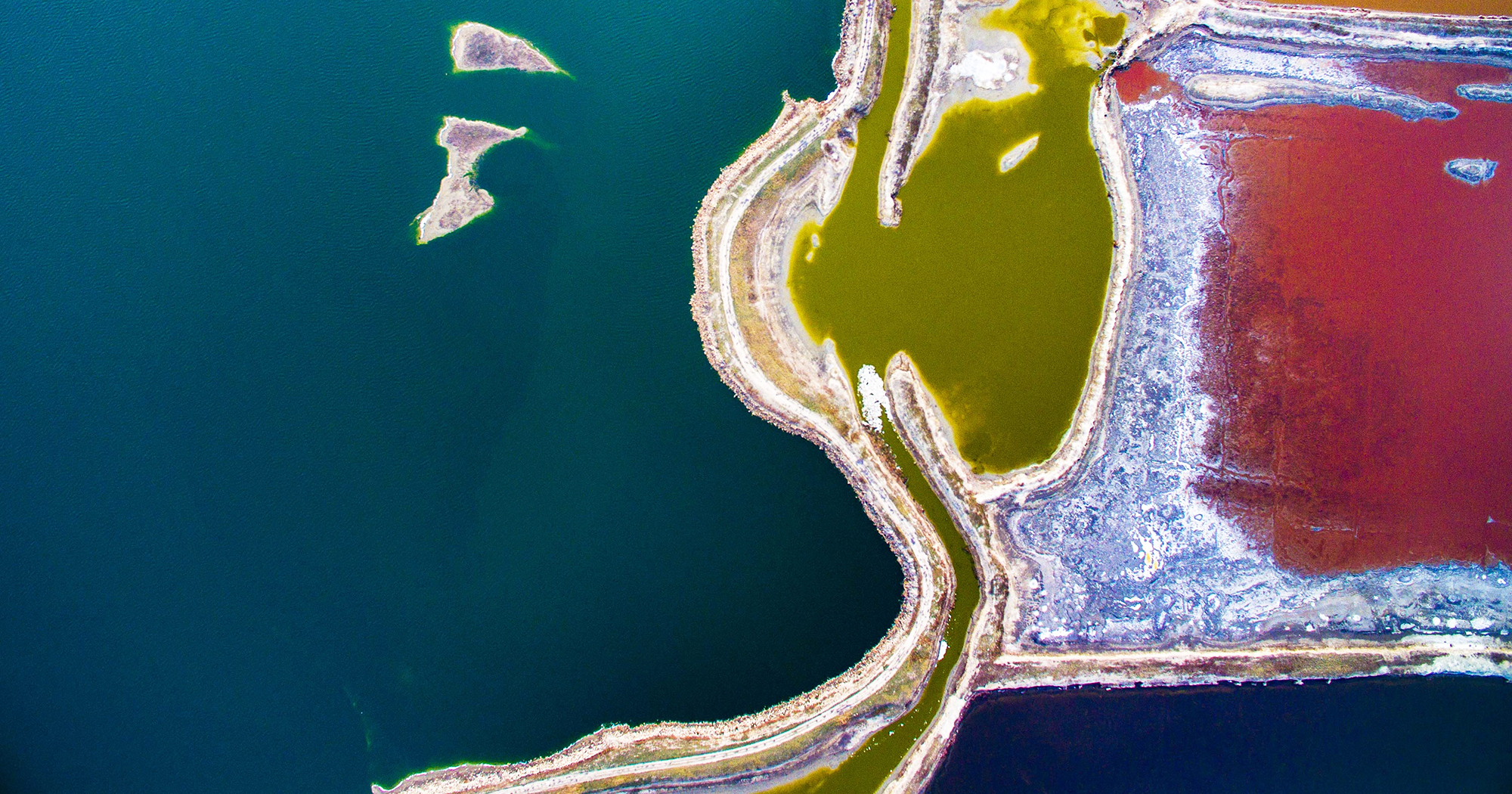
In Yuncheng, China, as temperatures rise in the spring, a salt lake known as the “China’s Dead Sea” changes colors and has become a popular tourist attraction.
The lake, which is said to be 500 million years old and spans approximately 120 square km., changes colors, particularly red, due to microorganisms called Dunaliella salina, a microalgae that appears in salt lakes in countries including the U.S., France and Iran.
In the case of Iran’s Lake Urmia, according to NASA’s Earth Observatory: “In the marine environment, Dunaliella salina appears green; however, in conditions of high salinity and light intensity, the microalgae turns red due to the production of protective carotenoids in the cells.”

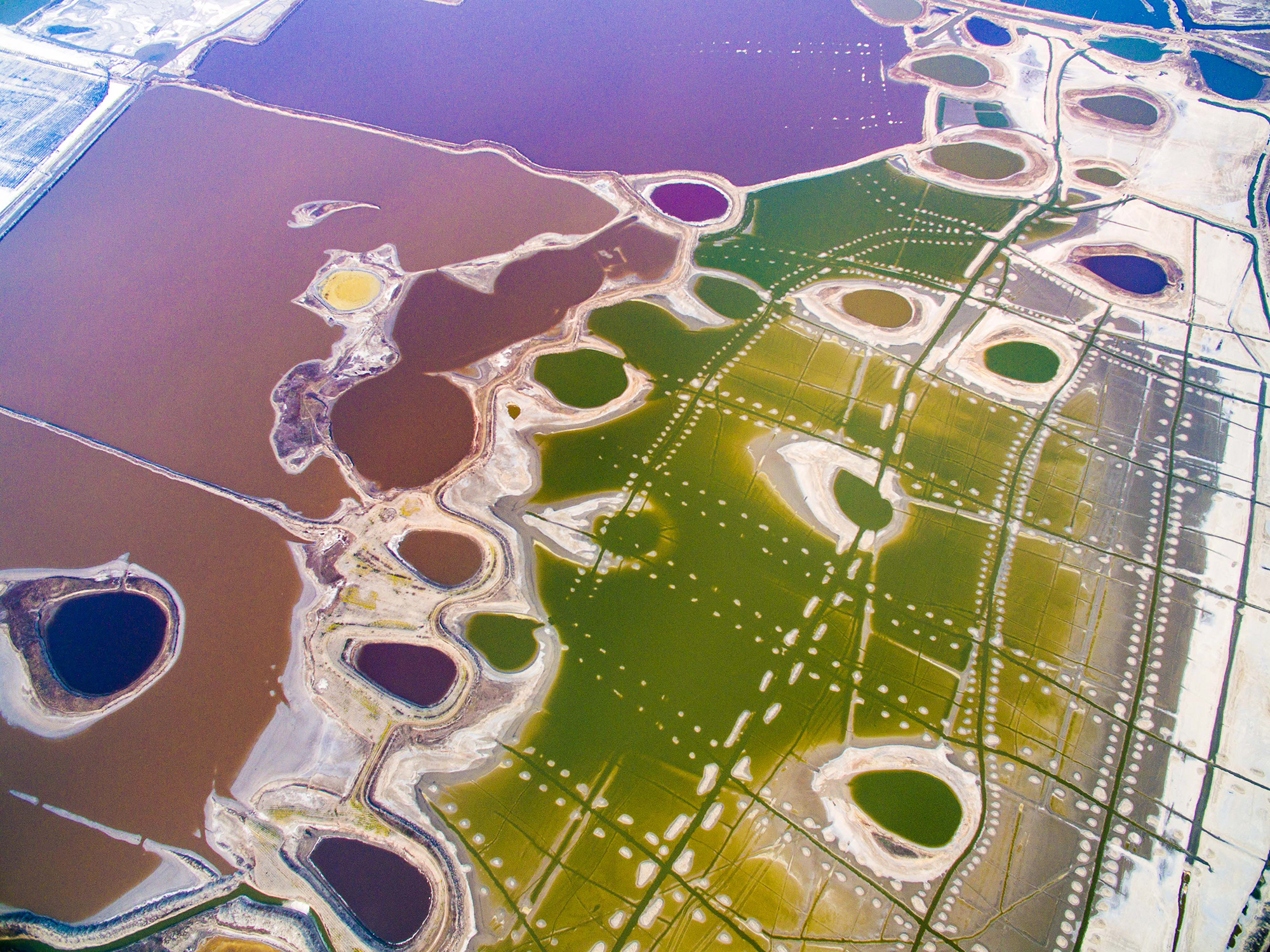
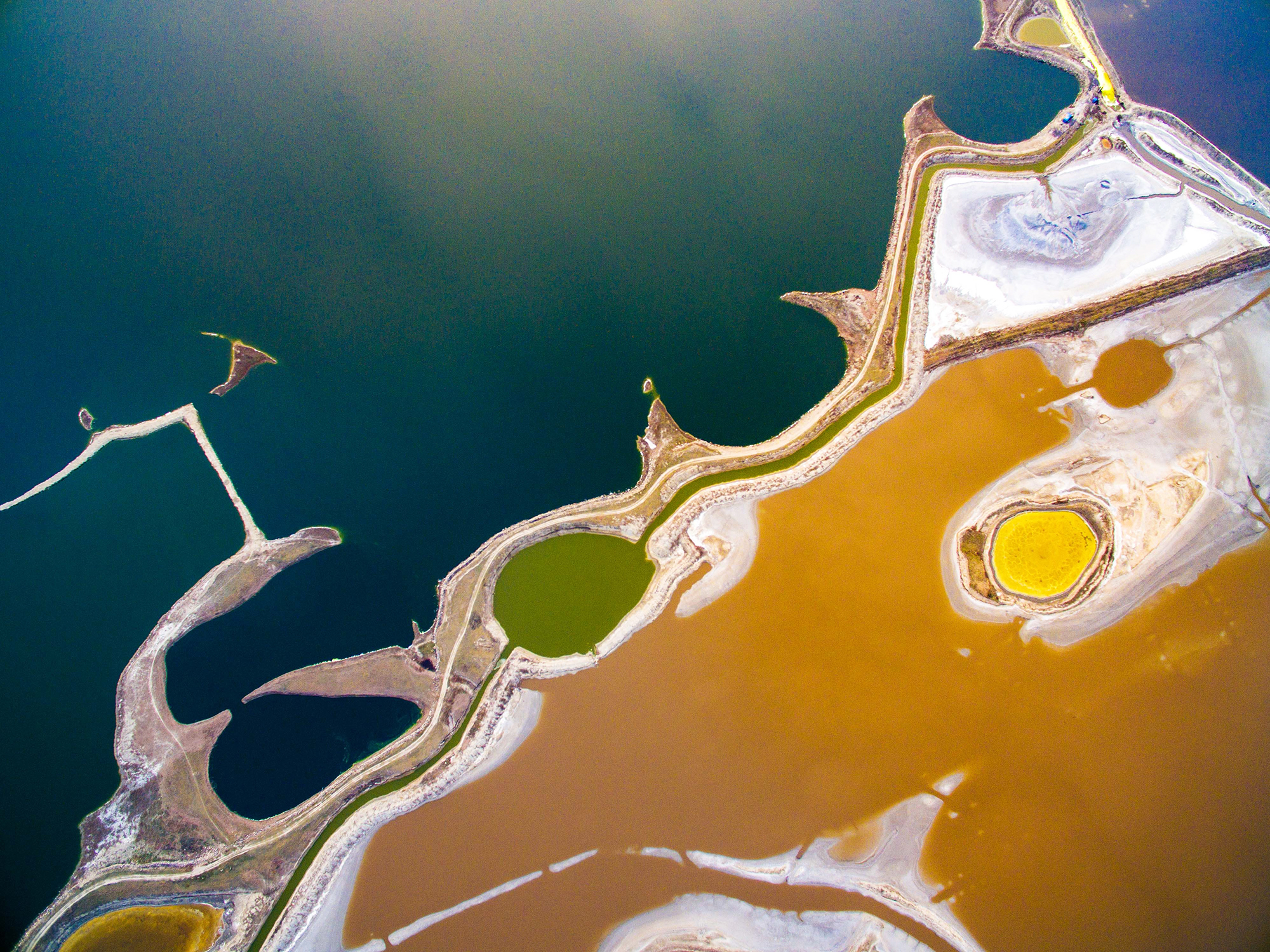
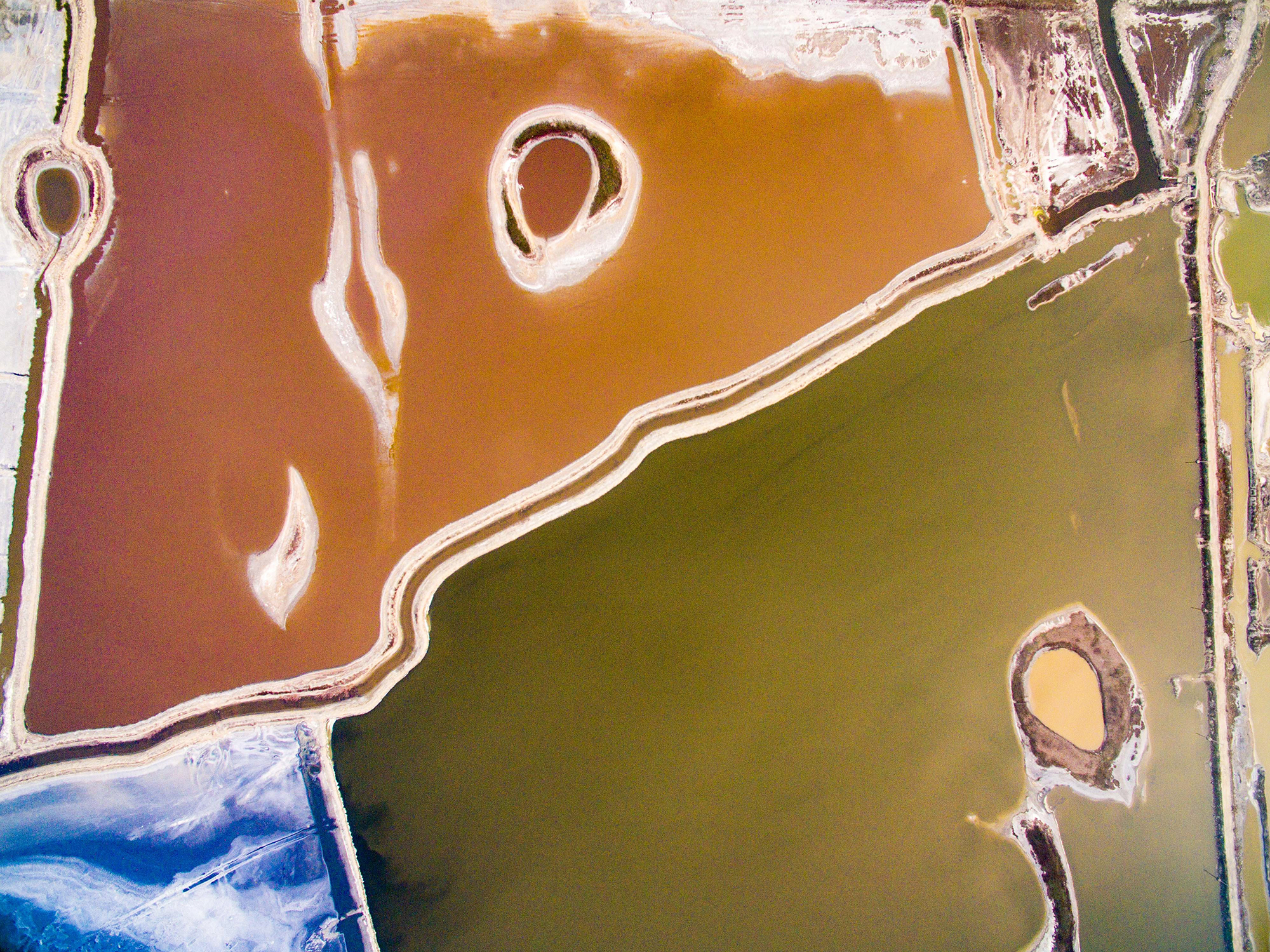

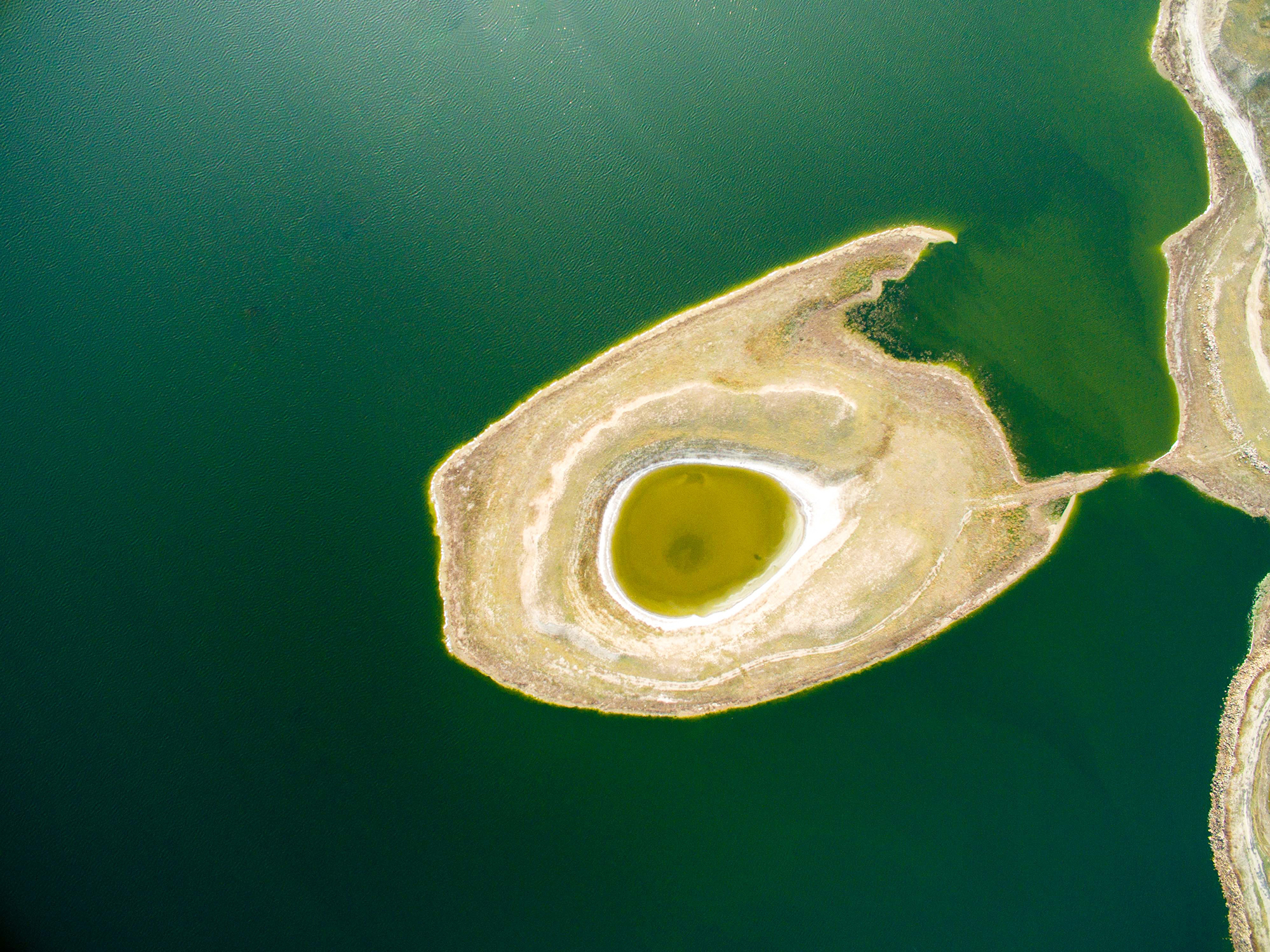
More Must-Reads from TIME
- Why Trump’s Message Worked on Latino Men
- What Trump’s Win Could Mean for Housing
- The 100 Must-Read Books of 2024
- Sleep Doctors Share the 1 Tip That’s Changed Their Lives
- Column: Let’s Bring Back Romance
- What It’s Like to Have Long COVID As a Kid
- FX’s Say Nothing Is the Must-Watch Political Thriller of 2024
- Merle Bombardieri Is Helping People Make the Baby Decision
Contact us at letters@time.com